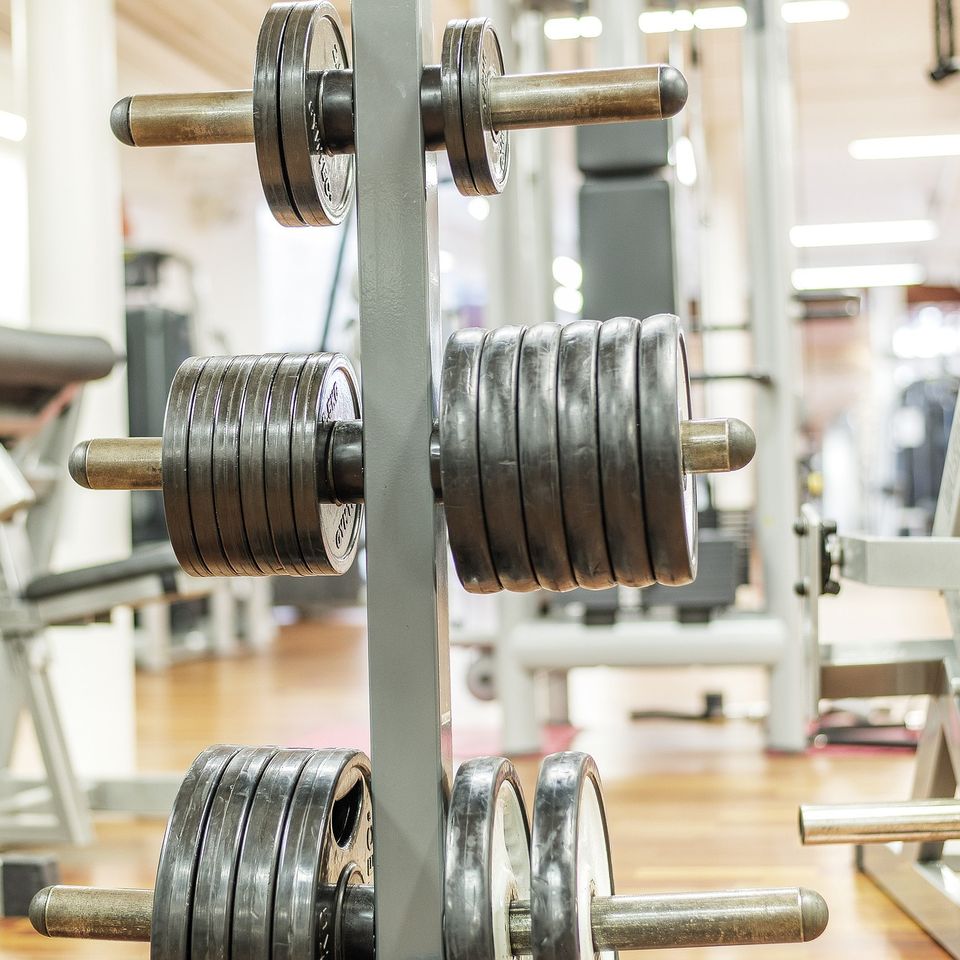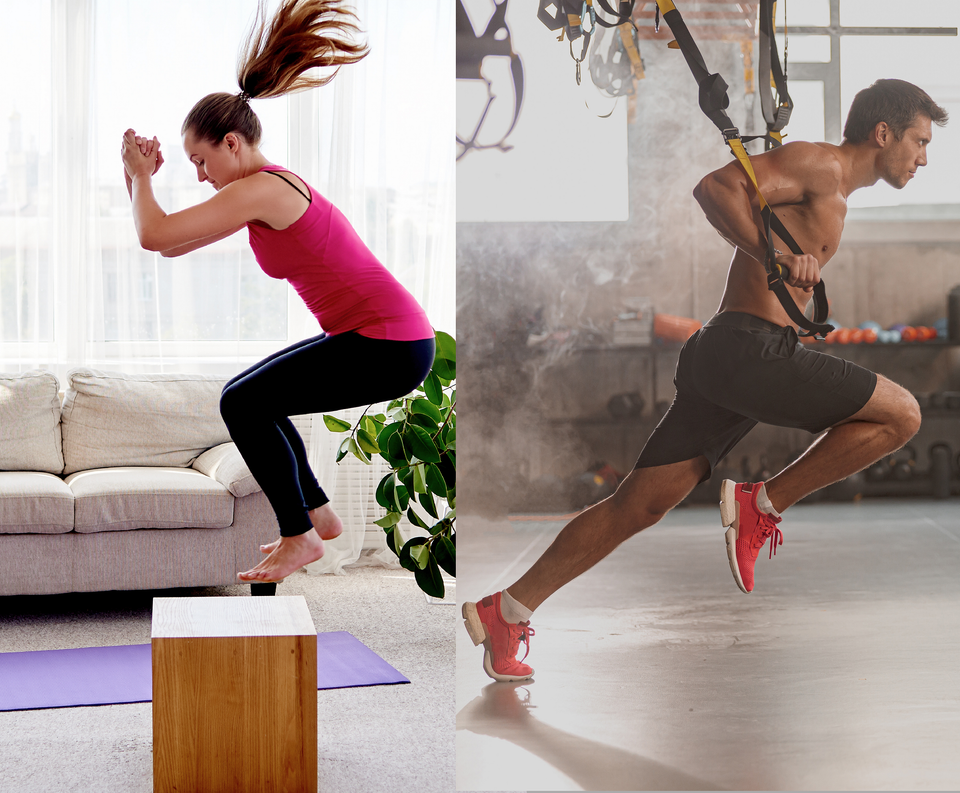Choosing the right fitness tracker
If you'd wish to offer fitness tracking a try (but without a wearable), start by employing a mobile app that counts your steps. This method requires little to no investment and can be of interest if you're a beginner. Our top recommendation for people just getting started with exercise is Map My Fitness. it's many activities you'll track, from vacuuming to hiking.
If you run or bicycle, we recommend tracking your runs or rides with an app before going whole-hog and splurging on a tracker. Why? Because with some trackers, you still need to carry your phone to urge accurate pacing, distance, and mapping, so you will be eager to understand before you create a purchase if you're comfortable with carrying your phone, or if you'd prefer a tracker with a built-in GPS so you are doing not got to. a couple of apps we recommend are Runkeeper (for running), Cyclemeter (for bicycling), and Strava (for both running and cycling)
Choose your tracker style
One important question to ask yourself before choosing a fitness shamus is that the kind of form factor you would like. Utmost recently are worn on the wrist, though you will get clip-on, and fitness- shadowing rings. Irons and watches are hard to lose. Clip-on can fall off or get thrown into the marshland.
Irons and watches can get within the way when codifying on a computer or resting, for the case. Still, you are presumably happier with a clip-on, although this style is not nearly as popular because it used to be If you are bothered by having a commodity on your wrist. However, Fitbit sells a clip for the affordable Inspire 2, If you are interested in this option.
The Oura Ring, meanwhile, brings health shadowing to your fritters. Oura's capability to trace exercises is enough introductory compared with a wrist-worn model, but it offers comprehensive sleep shadowing and is easier to wear to bed than a watch or wristband, making it an interesting volition.
Do you want to monitor your heart rate?
Training intelligently means using heart rate data to guide your exercises. Occasionally you might want to keep your heart rate fairly low to burn fat or pace yourself for a longer drill, whereas other times you want to push it advanced for different health benefits, like erecting stamina.
Casket strips are slightly more accurate than wrist-grounded wearables because they’re worn near to the heart and measure its exertion directly. In comparison, the optic heart rate detectors planted in wrist-grounded fitness trackers calculate your heart rate by shining light into your skin and measuring blood inflow. So for the most precise heart rate readings, consider a devoted casket swatch. Also, not all smart home spa machines play nice with fitness trackers, but utmost support casket strips like the excellent Polar H10.
Numerous fitness trackers record your sleep. When they do, they generally watch for movement using a three-axis accelerometer to a more sensitive degree than they do during the day. Utmost bias offer graphs in their companion app showing the duration of your light, deep, and REM sleep. Some also track your late respiration (the number of breaths you take per nanosecond), a point Apple added to its wearables as part of watchOS 8. The Samsung Galaxy Watch4 can indeed track your snoring.
There are also devoted sleep trackers out there that attach to your mattress, but we haven't planted them to offer a distinguishable advantage over wrist-predicated trackers. And wearable trackers can do a lot further than simply track your rest. But if you don't like the idea of wearing a commodity on your wrist to bed and need a new mattress, you can always spring for the Sleep Number 360 Smart Bed. The alternate-generation Nest Hub is another option; it uses a stir sensor to track your sleep and respiration.
Fitbit luxe
There's a new Fitbit in town, and while it doesn't add much in terms of new hardware features, it brings some much-needed style to the party.
The Fitbit Luxe introduces a stainless steel case and a color AMOLED display, both of which are a huge visual step up from the Charge 4 and Inspire 2 – and something you might want to wear.
It comes in white, black, and orchid (pink) options and there's a special edition with a gold link bracelet. It's not exclusively for women, but men will probably want to opt for the Charge 4 or the Sense smartwatch.
In terms of features, there's nothing exclusive to Luxe, but it packs the key features from the Fitbit range.
There's a SpO2 sensor for blood oxygen (not found on Inspire 2), and it will keep tabs on stress using a daily stress score. That's on top of sleep, heart rate and steps, Active Zone Minutes (that track time spent in elevated zones), and 50-meter water resistance. It has multiple sport tracking modes including yoga and swimming. There's no GPS onboard, like the Charge 4, but you can piggyback from your phone for run tracking.
Xiaomi Mi Band 6
The Xiaomi Mi Smart Band 6 has now been launched, and it's one of the most important overhauls of the budget fitness band in years. The screen size has been upped 50%, with a great-looking 1.56-inch AMOLED display now on board.
The amount of tracked sports has increased to 30, and there's now a SpO2 sensor for the tracking of blood oxygen. As well as spot checks, sleep oxygen levels are now reported alongside the complete suite of sleep stages including REM. It's a hugely powerful tracker, although it still lacks GPS, which gives the Fitbit Charge 4 an advantage.
In terms of price, it's increased within the US and can continue the sale for $59.99 – and this does challenge the notion of this being a top budget option when the Amazfit Band 5 is out there for fewer.
The EU and UK price has remained the same as the Mi Band 5 at £39.99, which feels like good value.
We've fully tested the device, and while it isn't an enormous intensify from the Mi Band 5, the larger screen and SpO2 make it a top tracker for 2021.
Sleep tracking may be a highlight with a lot of data about sleep stages and sleep quality – and therefore the SpO2 sensor is employed to good effect here for calculating sleep breathing, which can be a sign of sleep apnea. However, we did feel that although sleep duration was more accurate than other budget trackers, sleep scores were calculated too generously.
Battery life is additionally upped to 14 days, although we found "normal use" in our testing to average about seven days, which isn't too shabby.
Gripes remain about pulse accuracy and therefore the fiddly clasp, and therefore the cheap strap, which makes it hard to urge a cozy fit and may easily be dislodged. What's more, the Mi app is difficult to navigate and doesn't offer an equivalent analysis of health data because of the likes of Fitbit or Amazfit.
But for people who have a more passing interest in their health data, the Xiaomi Mi Band offers great value – love it always has done.
Huawei Band 6
The Huawei Band 6 looks great, feels great to wear and the price is pretty great too. It's hard to select huge faults with a fitness tracker this cheap that delivers such a lot.
You also get a bigger display than what you will find on Samsung and Xiaomi's trackers. That screen may be a 1.47-inch AMOLED with a 194 x 368 resolution, matching what you get on the respect Band 6. So it's something of a smartwatch hybrid, with a super-low tag.
The display is bright, vibrant, colorful and nice, and aware of touch. Though it doesn't offer an always-on mode, and therefore the raise to wake isn't as responsive as we'd love it to be.
It's a shame that GPS isn't included when Huawei has put this feature on its budget trackers previously. Heart rate performance may be an assortment too if that's a feature you care tons about.
But you continue to get 96 workout modes, so just about every conceivable sort of exercise is roofed.
It excels at tracking fitness and also offers some well-executed smartwatch features bound up with a top-quality display. It's a little pricier than a Mi Band 6, but don't we'd say it's worth paying a touch more for the larger screen.
Conclusion
With a fitness tracker on, you would like to stay up with the goals it projects. This is because regular reminder boosts your motivation levels. A fitness tracker allows you to record your exercise statistics. It generates detailed infographics and reports so that you'll look at how far you've got come. It is difficult to plan a solid fitness routine and adhere to it religiously when you are a busy person.







